As we know, the industrial & logistics sector plays a vital role when it comes to facilitating the movement of goods across the country. To enhance transportation efficiency, the government has recently implemented a policy allowing for the use of longer lorries on UK roads, but how easy is it to accommodate these changes using the infrastructure already in place?
Traditionally, lorry trailers have measured up to 16.5 metres but these new guidelines will see this increase by an additional 2.05 metres. The rationale behind the decision lies in the potential benefits, including both increased capacity and the reduced environmental impact. According to the Department for Transport these new lorries will be able to move greater volumes of goods, reducing journeys on the road by up to eight per cent.
However, while this is certainly positive, there are also numerous challenges to consider. At present, a significant proportion of existing and some new stock have yards at or below the industry standard depth of 50 metres for a 100,000 sq ft+ unit. Now, with the length of lorries increasing, the new preferred requirement will be 55-60 metres+, meaning there is a possibility that many yards could become too ‘shallow’ negatively impacting their suitability.
How easy is it to accommodate longer lorries?
It’s not as simple as just getting these new lorries out on the road. Firstly, there is a need to assess the suitability of current warehouses. Limitations in terms of turning radius and yard manoeuvrability all need to be considered in order to effectively adapt existing space. This will require comprehensive yard analysis, which will then determine the necessary modifications needed to ensure smooth operations.
What changes need to be made?
There are a number of ways to expand yard space, this might involve land acquisition, reconfiguration, or even utilising nearby land. All of these options, however, will likely require planning permission, environmental impact assessments and have significant cost implications, all of which will need to be taken into consideration when selecting the most appropriate strategy.
Alongside this, changes to the warehouse itself will be required. Everything from extending loading bays and repositioning docking areas, to alterations to vehicle access points will need to be factored in. In many cases this would mean retrofitting existing buildings.
How easy is this to do?
The key is the depth of the yard. This doesn’t just apply to the additional length of the vehicles on the docks, but also parking and circulation. What’s more, if you can’t physically extend the yard, the only choice is to alter the size of the building itself. With this in mind, consideration to these longer lorries need to be made at the initial design stage to minimise any impact.
With an existing building, the site boundary is going to be difficult if not impossible to change. Reducing the size of a warehouse will not be palatable for many occupiers, so instead how the site is operated will need to facilitate the additional length.
Technology, therefore, will also play a role in enabling this transition. Integrating advanced yard management and vehicle tracking systems, as well as intelligent routing algorithms can all enhance warehouse operations. When done right, this can improve traffic flow, reduce waiting times and ensure better overall efficiency.
How do you make these changes?
To successfully integrate longer lorries it will require collaboration between warehouse owners, logistics companies and local authorities to collectively make these changes.
Ultimately, the long and short of it is that the introduction of these lorries to UK roads presents both opportunities and challenges for the sector and adapting will be crucial for a more optimised logistics network.
Further information
Contact Michael Alderton or Will Cooper
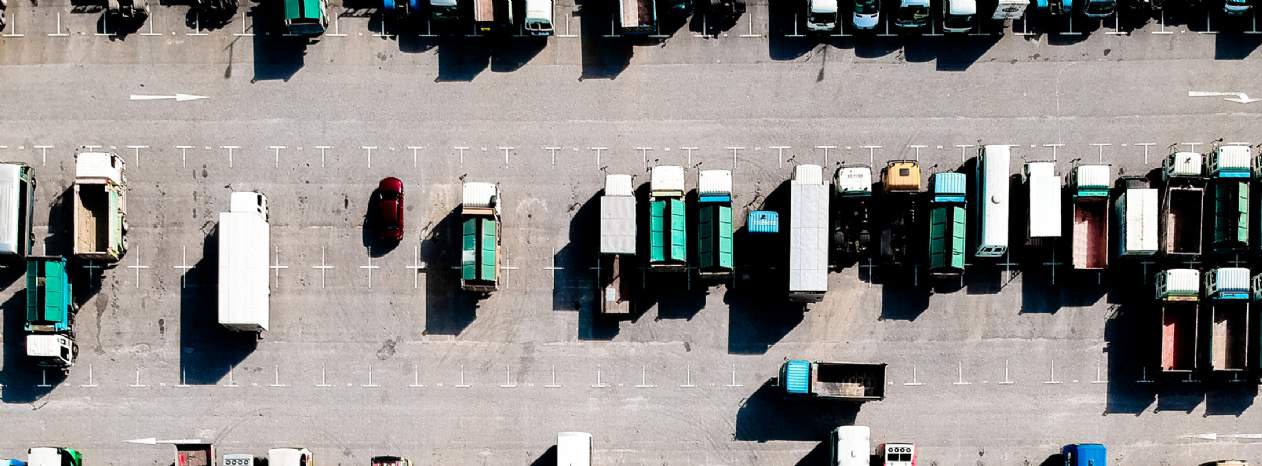

.jpg)
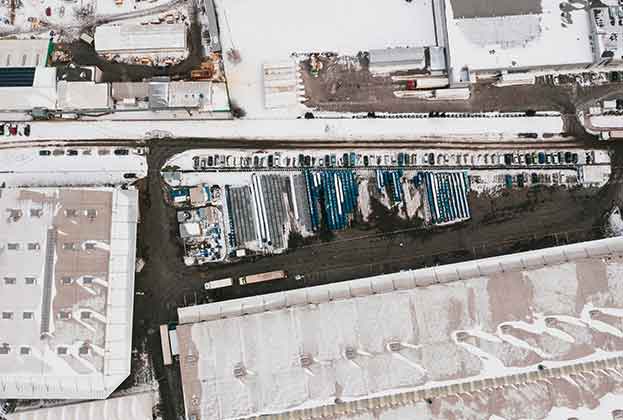
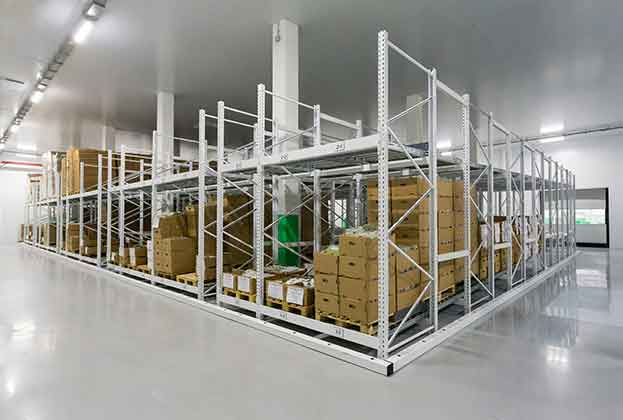
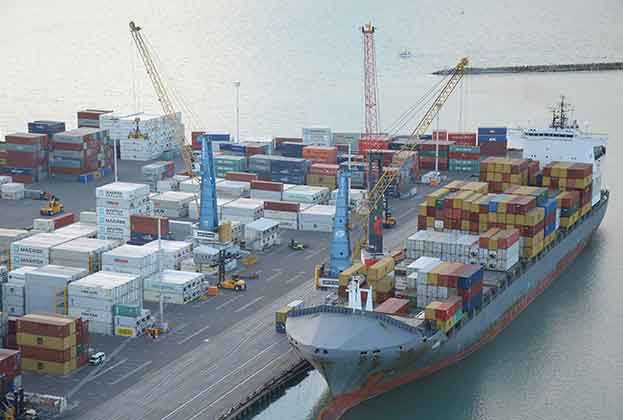
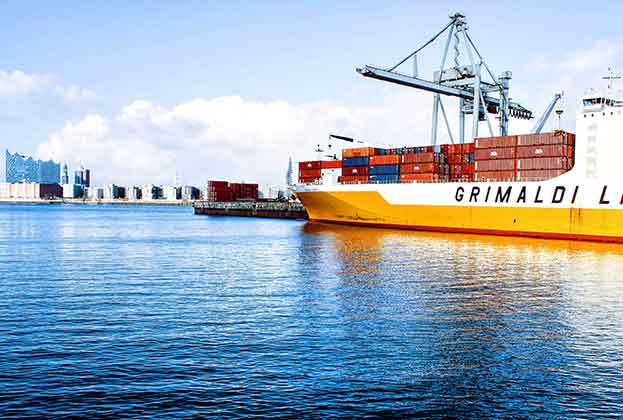

.jpg)

.jpg)